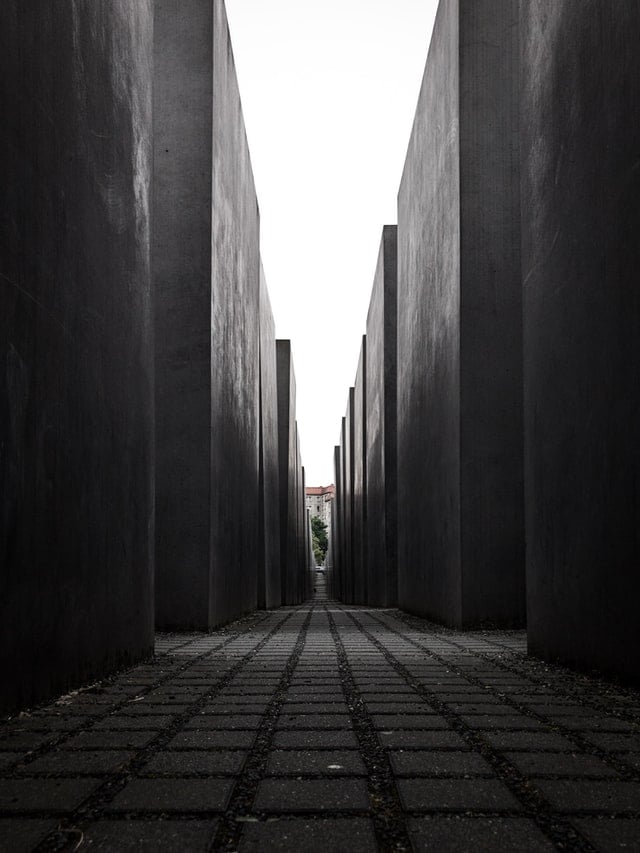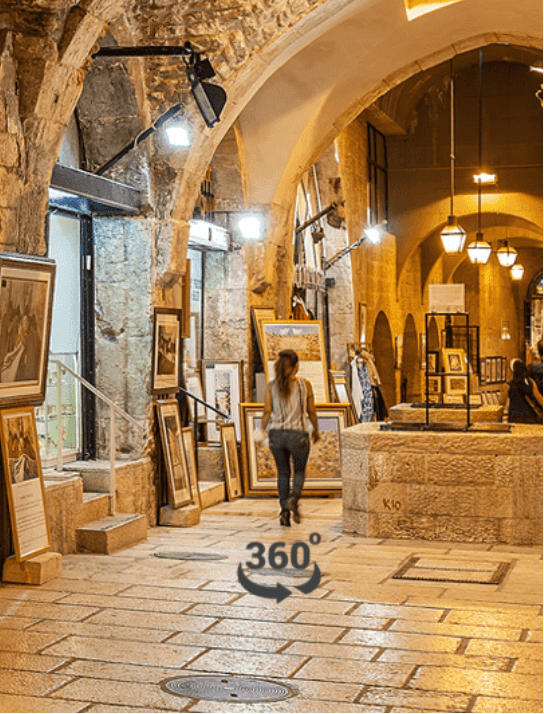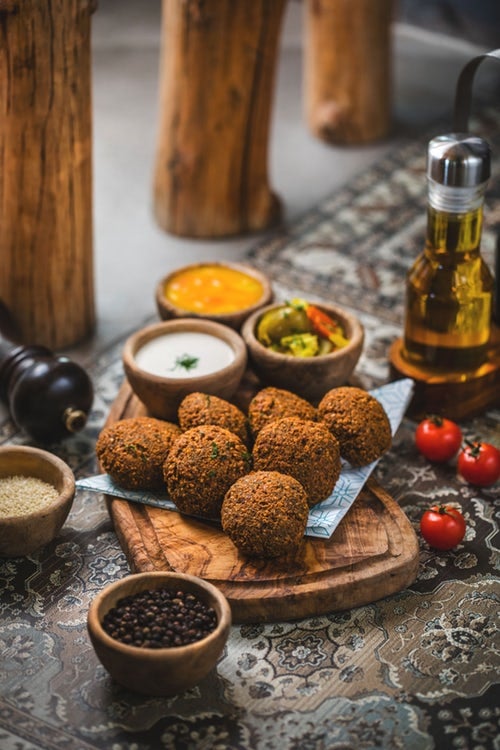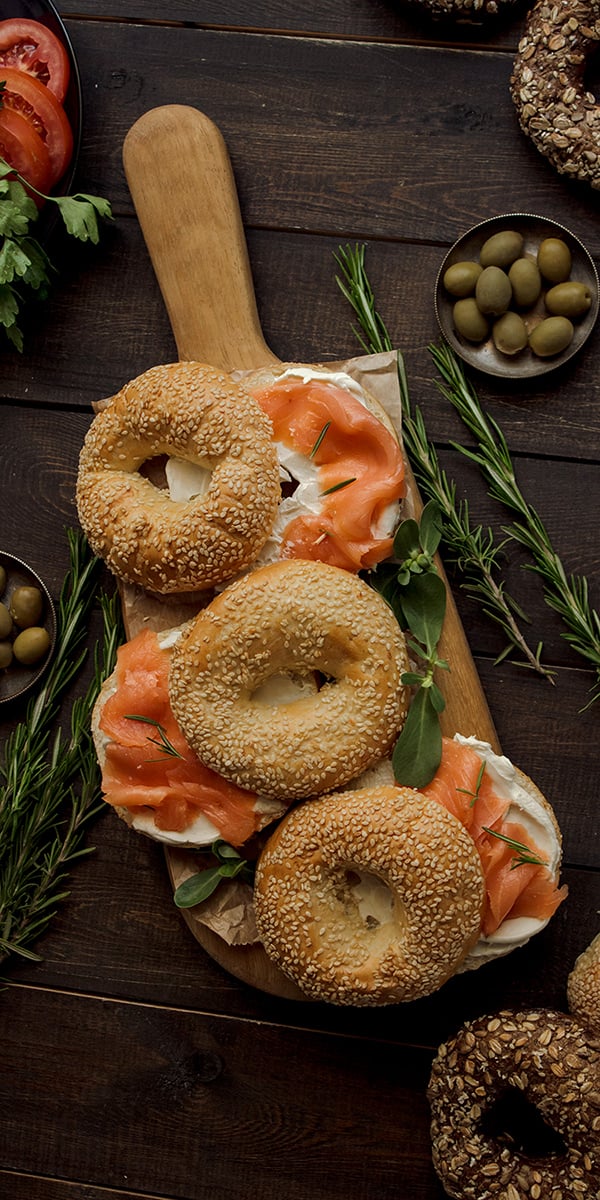Israel Festival
The Israel Festival is an international contemporary event showcasing a wide range of performances in dance, music, theater, performance art, video art, and installation. Every year the festival offers its audiences a rich selection of fine art productions from around the globe, alongside original Israeli productions from leading groups and independent artists, and street performances open to the public.
Over the 60 years since its founding, the festival has gained a reputation of being a prestigious, groundbreaking and innovative event. The rich artistic program features performances by iconic artists, alongside works by younger artists – who stage new, original forms and trends, that challenge common artistic practice and conception while simultaneously enriching them.
Artists previously featured in the festival include Robert Wilson, Romeo Castellucci, Jan Fabre, Maurice Béjart, Alvin Ailey, Peter Brook, Daniel Barenboim, Merce Cunningham’s dance troupe, Trisha Brown & Lucinda Childs, Angélica Liddell, Marlene Monteiro Freitas, Xavier Le Roy, Thom Luz, Lia Rodrigues, and more. Among the Israeli artists featured over the years are Kaveret (the reunion), Shalom Hanoch, Yossi Israeli, Ohad Naharin, and many others.
Being a central stage for artistic dialogue and professional enrichment, the festival holds small conventions, seminars, and a series of professional encounters and workshops with guest artists. Throughout the year the festival maintains contact and connections with students and leading art institutions such as the Bezalel Academy of Art and Design, Musrara – The Naggar Multidisciplinary School of Art and Society, The Nissan Nativ Acting Studio, The School of Visual Theater, and The Jerusalem Academy of Music and Dance, as well as with creative collectives and groups such as Hazira, Machol Shalem, Muslala, Between Heaven and Earth, and many others. This large number of ongoing relationships leads to many substantial artistic collaborations.
The festival holds a high standard of social awareness, and emphasizes educational and community values. One of its main goals is making the program accessible to as wide an audience as possible.
Many of the festival’s events and performances are open to all audiences, free of charge. Other events are subsidized and offer discounts for active-duty soldiers, students, seniors, special-needs audiences, people with disabilities, and more. The program is built to allow large numbers of people to experience as many of the performances as possible, and to transition easily between the familiar and the contemporary.
The climate crisis has forced us to rethink our organizational practices, and how we can minimize the festival’s ecological footprint. The Israel Festival is determined to reduce the use of single-use plastics, plastic bottles and paper; to offer public transportation; to minimize waste and littering, and to balance carbon emission.
The festival hosts over 30,000 visitors – arriving from Jerusalem, around the country, and the entire world. The event is one of Israel’s most important cultural events, and is essential to the progress and multi-cultural character of Jerusalem as a city.
The Israel Festival is supported by the Culture Administration of the Ministry of Culture and Sport, The Municipality of Jerusalem, The Jerusalem Foundation, The Jerusalem Development Authority, Eden – The Economical Development Company, as well as many embassies, public and private foundations, and business sponsorships.
















